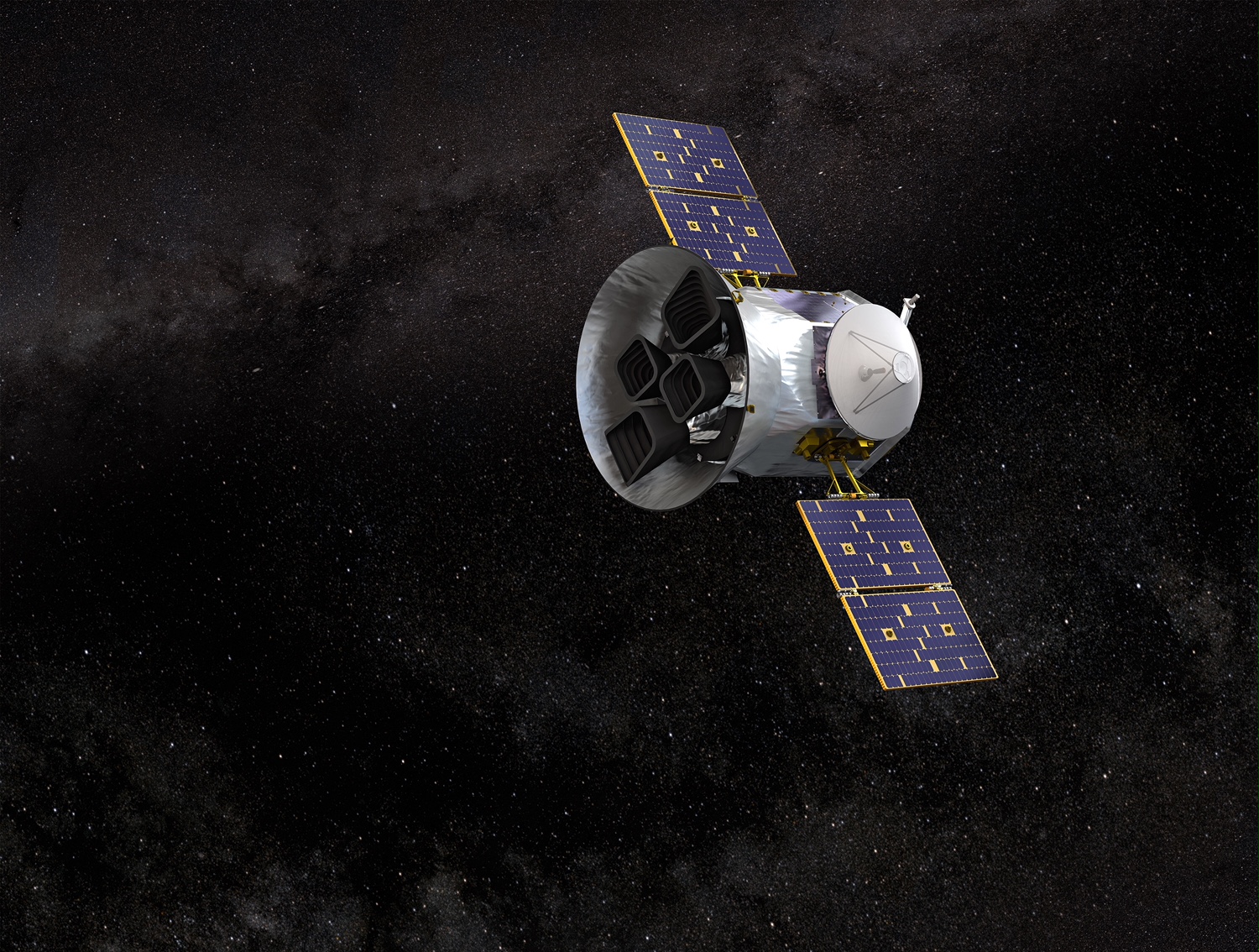NASA’s TESS Telescope to Help Find Exoplanets

With advancements in technologies in the space industry, we are getting closer to understanding what truly lies beyond our planetary systems.
NASA launched a SpaceX Falcon 9 rocket carrying the Transiting Exoplanet Survey Satellite (TESS) Wednesday. The $337 million satellite launched from Cape Canaveral Air Force Station. Over a two-year survey, TESS will monitor more than 200,000 stars for momentary winks in brightness caused by planets passing in front of their star; a technique known as ‘planetary transits.’
TESS is the latest satellite in NASA’s exoplanet missions, and improves on its predecessor, Kepler. That spacecraft utilized a four-year program to analyze a particular area in the constellation Cygnus. However, TESS’ elliptical orbit around the Earth will have the satellite surveying systems closest to our planet, thus allowing researchers to better analyze those areas, while also serving as a bridge to the James Webb Space Telescope (JWST). Now scheduled for launch in May 2020, JWST will use location information from TESS and analyze the atmospheric composition of planets.
“If we get really lucky, there may be some planets that will show us they have oxygen atmospheres or even water present,”said Florida Tech astrophysicist Daniel Batcheldor, who leads the university’s Physics and Space Sciences Department. “As we move closer to finding the answer to the question we all have about being alone in the universe, TESS is the next step in that process.”
Batcheldor and Florida Tech are an important part of that process. Last February, he and his team developed a tissue box-sized payload that was tested outside the International Space Station. It showcased a new imaging technology that will allow telescopes to better capture light from objects tens of millions of times fainter than another object in the same picture. That means they could better capture dimmer light directly from a planet even when it is close to a much brighter star.
“If you have a picture of a star and you’re looking for a planet, the planet is a billion times fainter than the star,” Batcheldor said. “The technology we’ve demonstrated on the space station shows we have the ability now to get around that problem. We’re now in a position to put that type of camera on the next type of telescope after the James Webb Telescope.”
While TESS will help us understand nearby solar systems, according to Batcheldor, it may also help us understand our role in the universe and how we value our planet and those living on it.
“One of the big questions that I think has a massive implication for the way our society will develop is how we fit onto the cosmic stage, as it were,” he said. “Are we lone actors on this cosmic stage, or is there a whole cast of other planets and species out there that are going to really fundamentally change how we live on this planet?”
Aided by more and more sophisticated technology, our grasp of the heavens has evolved from wonder to knowledge – with answers to the biggest questions soon to come.
“We now have the evidence that demonstrates there are billions and billions of planets out there, and the number of possibilities that presents is staggering,” Batcheldor said. “Things are moving so fast we may still be around to find that first signature of life elsewhere in the universe. That will be a fundamental shift in the history of our species that will have repercussions for millennia to come.”
###





